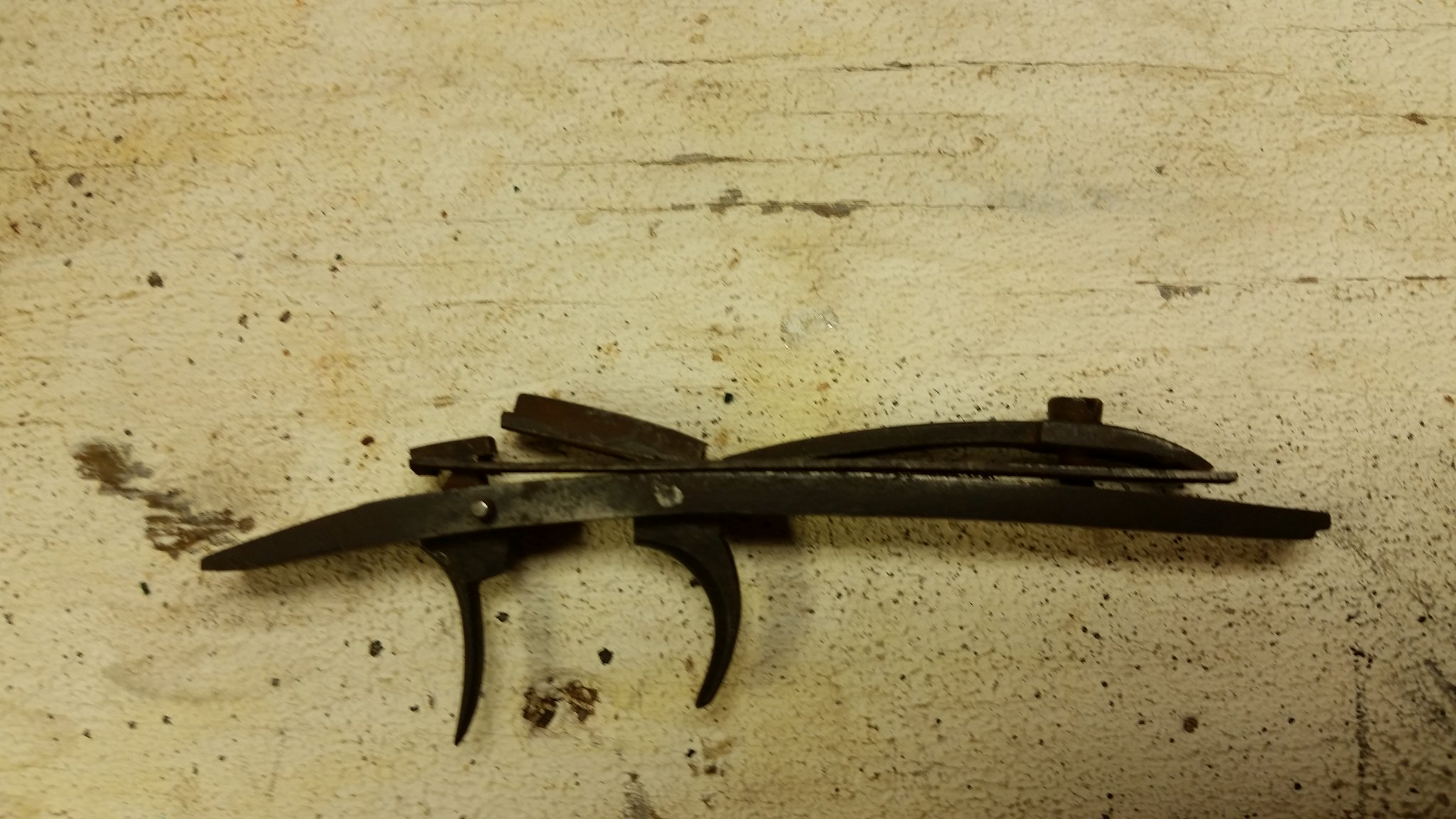I have asked this question before and received some great answers, but unfortunately none of them seem to address my problem. I have a 1840's Joseph Gibbins percussion rifle with a Joseph Goulcher lock. The lock has no half cock notch, and there is a single phase-double set trigger. The rear trigger must be set in order to fire the gun with the front trigger. My issue is the problem of lowering the hammer from full cock without firing the gun. I have tried "catching the hammer before it hits the nipple, but this is very dangerous. De-capping the nipple is not an option, as it still doesn't solve the problem, but does prevent an AD. In the interim, I have made a nipple cover out of a .380 center-fire pistol case to stop the hammer upon tripping.
Any of you lock smiths or gun tinkerers know of a way to lower the hammer from full cock without firing the gun?
Any of you lock smiths or gun tinkerers know of a way to lower the hammer from full cock without firing the gun?







